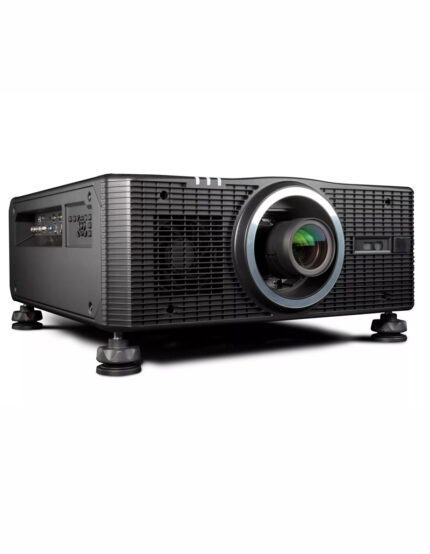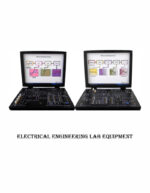TDM Pulse code modulation/Transmitter TechBook Scientech 2153 & Scientech 2154 Demonstrates Pulse Code Modulation Technique which is the most widely used digital modulation system. It is a widely known fact that the analog modulation systems are most prone to the noise present in the channel and receiver. As we will see further that the digital modulation systems are far less sensitive to noise as compared to analog modulation. The basis of digital modulation systems lies on pulse modulation i.e. a particular characteristic of the pulse is varied in accordance with the information signal. In PCM System the amplitude of the sampled waveform at definite time intervals is represented as a binary code.
Technical Specifications
Crystal Frequency : 16MHz
On Board Analog Signal : 2 KHz, 4 KHz (sine wave synchronized to sampling pulse Adjustable amplitude and separate variable DC level).
Input Channels : Two
Multiplexing : Time Division Multiplexing
Modulation : Pulse Code Modulation
Sync Signal : Pseudo Random Sync Code Generator
Error Check Code : Off - Odd - Even - Hamming
Operating Mode : Fast: 320 KHz / channel (approx) Slow: 1.9Hz/ channel (approx.)
Test Points : 50 nos
Interconnections : 2 mm Sockets
Power Supply : 100-240 V AC, 50/60Hz
Features
• Input accepts two channel multiplexed data
• On board De-multiplexed PCM Receiver
• On board Low Pass Filters
• Fast & Slow modes for real time operation and data flow examination
• On board PLL for Clock regeneration
• On board Sync Code Detector
• Error check code selection
• Odd or Even Parity-Single bit error detection
• Hamming code single bit error detection and correction
• 4 Switched faults allow different error check code option














